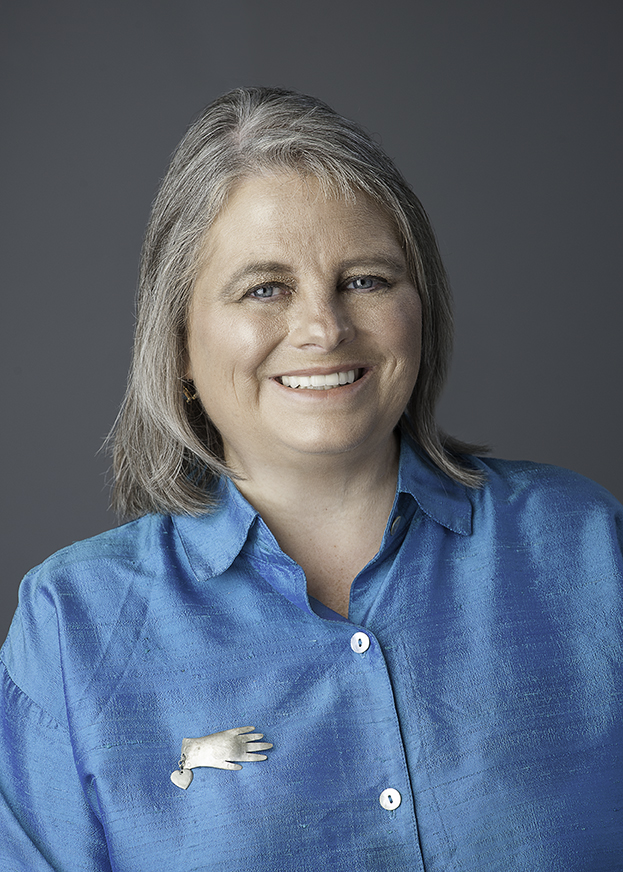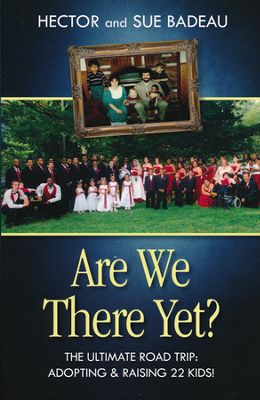Sue Badeau, a child welfare and trauma expert, knows a lot about encouraging children. She and her husband parented 22 children (20 are adopted)! In this Parenting UPGRADE, Sue challenges us with a riddle.
 “What is the longest lasting relationship most people experience in their lifetime?” Sue says. “If your answer involved a parent, spouse or friend, you’ve missed the mark. For most people, the longest lasting relationship in their life is with a sibling (or two, or more).”
“What is the longest lasting relationship most people experience in their lifetime?” Sue says. “If your answer involved a parent, spouse or friend, you’ve missed the mark. For most people, the longest lasting relationship in their life is with a sibling (or two, or more).”
Even after years of separation, my (Dawn’s) sister and I have a sweet relationship. But it wasn’t without some ups and downs. I wish I’d known Sue’s tips for creating a stronger sibling bond.
Sue continues . . .
Scripture reminds us of the preciousness of these relationships in Psalm 133:1:
“Behold, how good and how pleasant it is for brothers to dwell together in unity!”
As a parent of twenty-two, I know when the ‘dog days’ of summer stretch lethargically before us, we may feel like we are raising Abel and Cain, or Joseph and his brothers—nothing really pleasant about it!
Do you ever feel like the sibling relationships in your household need a little upgrading?
While there is no “I” in team, I have found three “I’s” are essential in building and nurturing positive sibling relationships in a family, whether the family is created by birth, adoption, step-parenting or foster care, and whether or not any of the children have unique special needs.
These bond-building essentials are:
1. Individualize
Each child needs to be valued as an individual, not simply as one of the group. Siblings will be less likely to fight and more inclined to get along when they each individually know they are cherished for who they are.
Make sure every child has some private time and space. Plan one-on-one time with each child.
For example, I always took a different child grocery shopping, and my husband took a different child to breakfast each Saturday morning. This not only gave us time together, it gave the children needed breaks from one another.
Private space might be a “footlocker” or dresser drawer where a child can keep a few treasured items that do not have to be shared.
2. Incorporate Interests
Mix and match children for activities in a variety of ways. Pair children up by interests rather than always by age or gender, and give them opportunities to work on tasks together (such as making dessert, washing the car or decorating the porch for a celebration).
A shared accomplishment often becomes a foundation for a strong sibling relationship.
We had a teenage son and a six-year-old daughter who both enjoyed tap dancing, so we signed them up for lessons together. Another pairing matched a disabled older teen with a younger brother teaching each other computer skills. Many years later, these siblings share special memories and bonds.
3. Include Everyone
Each child needs to feel connected to the whole family. Create opportunities for bonds to grow between siblings who are often rivals.
“Catch” them getting along and frame that photo as a reminder of good times.
Invite children to create a “last week of summer” family night, planning board games, snacks or other activities designed to bring the whole family together. Practice “planned spontaneity.” Announce a “backwards day” (breakfast for dinner) or jump in the car for a mystery ride to a park you’ve never visited.
When family members find themselves in new situations, sibling connections can blossom in creative and fun ways.
What are some of your fondest sibling memories? How can you recreate these precious moments with your own children?
 Sue Badeau is a nationally known speaker, author, and child welfare and trauma expert. Sue and her husband Hector are lifetime parents of twenty-two children
Sue Badeau is a nationally known speaker, author, and child welfare and trauma expert. Sue and her husband Hector are lifetime parents of twenty-two children —two by birth and twenty adopted. They wrote the book Are We There Yet: The Ultimate Road Trip Adopting and Raising 22 Kids. Learn more about Sue at suebadeau.com and badeaufamily.com.
—two by birth and twenty adopted. They wrote the book Are We There Yet: The Ultimate Road Trip Adopting and Raising 22 Kids. Learn more about Sue at suebadeau.com and badeaufamily.com.